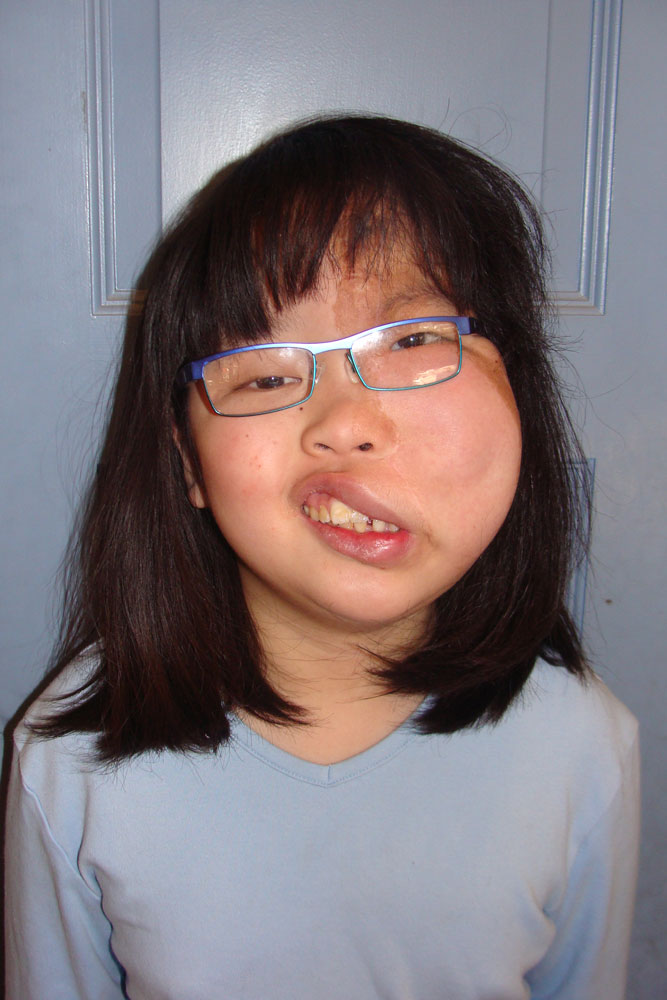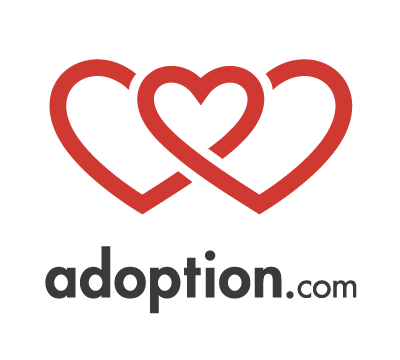Adopting a Child with a Facial Difference

(My daughter, Hayden, before she was adopted)
One of our adopted children has a significant facial difference as a result of a genetic disorder. When we adopted her, we knew there would be challenges in public social interactions. In reality, the difficulties we encountered had very little to do with how she looked. In time, we stopped noticing that her face was different and we have had very few negative encounters while out in public. But every so often, we have an encounter that stops us in our tracks.
The worst incident I can remember was once when my daughter and I were out walking. We bumped into another mother and her daughter, whom I was acquainted with enough to stop and visit for a moment. While the mothers were talking, the other daughter was hiding and peeking out to stare at my daughter. While the encounter didn’t make me happy and I excused us as soon as I could, I didn’t think much more about it. At least, that is, until the email arrived from the mother I had been talking with. The mother was aware that her daughter was afraid of mine because of how my daughter looked and maybe we could arrange a play date so that her daughter could get used to mine. It probably won’t surprise you to discover that I didn’t jump at the chance.

(Hayden, home less than a year)
Now, I used to be that person who would see another person with some physical difference and wonder how I should behave. I did all the polite things: don’t stare, don’t talk about it, pretend it isn’t there. The trouble with doing all these polite things is that they all confirm one thing: the person doing them is uncomfortable. Having a daughter with a very visible difference has taught me some things.
1. There is no point in pretending the difference isn’t there, because it is. I would much rather answer a straightforward question than deal with people who are pointedly not staring. One child came up to us at a park one time and asked why my daughter had so many scars on her face (this was after some fairly recent surgery). I was happy to explain to that my daughter had been born with more bone and skin than she needed and the doctors were helping to take some away. This satisfied the child; she understood what she was seeing and went on playing with my daughter.
2. While you shouldn’t ignore someone with a difference, special treatment isn’t necessary, either. My child is like any other child. She has good days and bad days, is on top of things or is hopelessly spacey, is happy or sad . . . just like any other child. She also knows what she looks like. While we, her parents, make sure to emphasize her positives, when other people go on and on about how beautiful she is (and I happen to think she is), it starts to ring false. Children pick up on this and know when someone is trying too hard. If the point was to make someone feel better about themselves, overdoing it often has the opposite effect.
3. It is up to all of us to educate ourselves. It used to be that people with facial differences hid out at home; society didn’t welcome them. Even today, if you search the term ‘facial deformity’ instead of thoughtful and informational websites, you get the 21st century equivalent of a circus sideshow. But things are slowly changing. One great place to start is to take a look at the website myFace . It is full of information and resources and biographies of real people with real facial differences. Or you could read the book, Wonder, by R. J. Palacio, which tells the story of a boy’s experiences in a new school and how the world reacts to how he looks.

(Hayden around her 12th birthday)
Differences are only different when you first meet someone. As we spent time with our daughter, we quickly saw the person she was and not just what she looked like. We even had the experience of being a little dismayed after her first corrective surgery in the US because she didn’t look quite like herself anymore. And there is the real message: there is always a person behind the difference. Once you know the person, the physical difference just becomes part of who they are.









